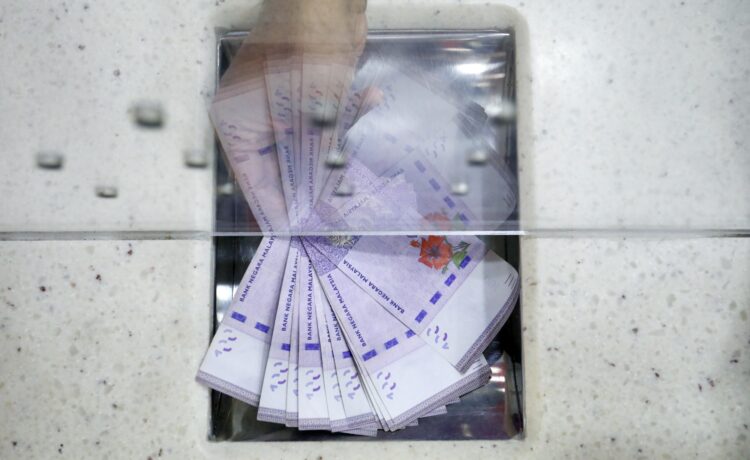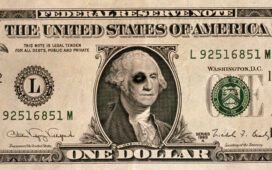THE ringgit’s outperformance over the past year is set to be tested as the growth outlook of Malaysia’s largest trading partner further dims amid a trade war with the US.
President Donald Trump’s initial 10 per cent levy on all Chinese goods could jeopardise 0.9 per cent of China’s gross domestic product, according to Bloomberg Economics estimates. That’s likely to hurt prospects for Malaysia’s trade-reliant economy and add to challenges for the ringgit, which is already under pressure from foreign selling of stocks and a stronger US dollar.
The currency is expected to fall about 2.5 per cent from Friday’s (Feb 7) close to 4.55 per US dollar by the end of March, according to the median forecast by strategists in a Bloomberg survey. Foreigners have sold US$761 million of local equities since the start of the year – more than the outflows seen for any other South-east Asian country – further eroding demand for the ringgit.
“External pressures from global trade uncertainty will remain a key drag,” said Lloyd Chan, a currency strategist at MUFG Bank. “Our anticipation for more US tariff actions ahead, along with a weakening of market sentiment in the Asia region, could weigh on the ringgit.”
The currency, emerging markets’ top performer in 2024, is one of the most vulnerable in the region to an escalating trade war given Malaysia’s larger proportion of trade with China. Shipments to Asia’s largest economy comprised about 25 per cent of Malaysia’s total exports, among the highest in emerging Asia, according to the International Monetary Fund’s data in 2023.
The ringgit’s 2.7 per cent advance last year also puts it at risk of a bigger drop should there be any escalation in trade tensions. Trump has threatened “very, very substantial” tariffs for China if both countries cannot make a deal.
A NEWSLETTER FOR YOU

Friday, 8.30 am
Asean Business
Business insights centering on South-east Asia’s fast-growing economies.
“The ringgit has weakened less than other Asian currencies since the US election, suggesting scope for some catch-up,” said Lemon Zhang, a strategist at Barclays in Singapore. The currency is also “one of the most vulnerable in the region should US President Trump enact a universal US tariff on critical imports”, she said.
The ringgit fell 0.1 per cent to 4.4397 per US dollar on Friday.
Malaysian authorities may step up efforts to stabilise outsized moves in the currency, according to analysts. Bank Negara Malaysia last year encouraged state-linked firms to repatriate and convert foreign income to support the ringgit after it slumped to the weakest level since 1998, the height of the Asian financial crisis.
Malaysian Prime Minister Anwar Ibrahim has also expressed optimism that the country can sustain its growth rate. The nation is due to unveil its final GDP report for the fourth quarter on Friday.
“Risks to the ringgit come from broader US dollar moves driven by trade tensions and higher US interest rates,” said Abhay Gupta, FX and rates strategist at Bank of America Securities. BLOOMBERG





